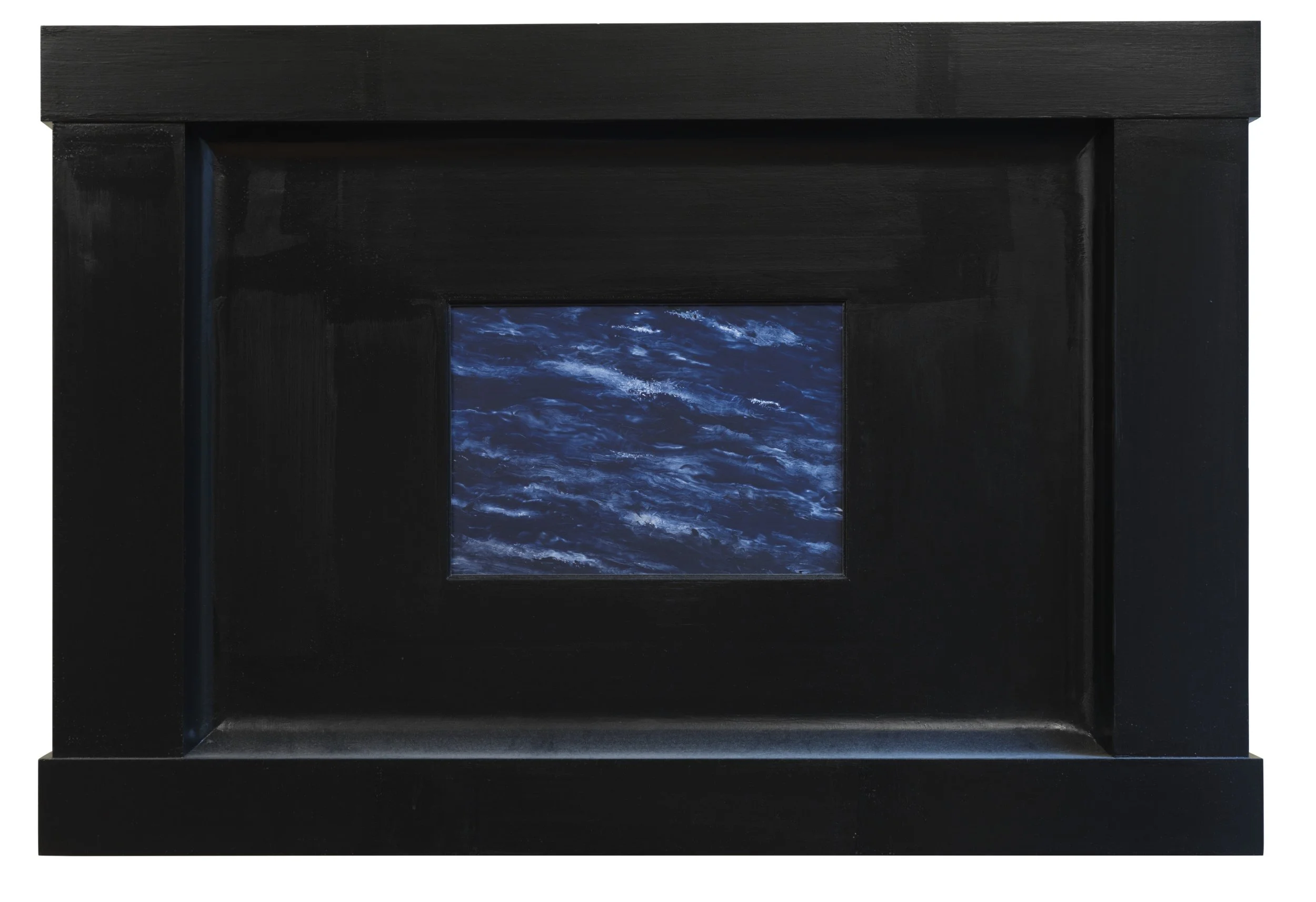NEIL JENNEY: IDEALISM IS UNAVOIDABLE
Gagosian is pleased to present Idealism Is Unavoidable, an exhibition of Good Paintings by Neil Jenney. Begun in 1971, the Good Paintings are differentiated from Jenney’s previous body of work, which he designated as Bad Paintings (1969–70).
May 2 - June 22, 2024
Balancing idealism and realism, Jenney’s landscape paintings are highly stylized and rendered with a careful attention to detail. Painted in acrylic in a loose, gestural style, the Bad Paintings represent relationships between people and things, while upending preconceptions of connoisseurship and “good taste.” The Good Paintings are instead exacting studies of nature in oil paint on wooden panels..
Jenney’s Good Paintings impart the experience of observing the North American landscape at close range, in contrast with the expansive vistas of untamed wilderness typical of the historical Hudson River School. While describing the natural world, many of the works also remind us that the environment is never far removed from human intervention.
Jenney’s handmade black wooden frames are integral to these works, which he regards as “painted sculpture.” Playing off the classical conception of a painting as a window into fictive space, the frames create an architectural foreground, asserting their status as physical objects. The works’ mediated nature is further emphasized by the inclusion of titles stenciled in uppercase serif lettering.
In the Good Paintings, “good” is both a formal and a conceptual label as seen through Jenney’s refined use of paint and color, and his approach to themes of universal significance, such as the artist’s cultural role, climate change, and notions of societal progress. Depicting a sky without a horizon, Atmosphere (1985) emphasizes diffuse, glowing sunlight.
Stretching over twelve and a half feet wide in a narrow horizontal format, North America Divided (1992–99) pictures a tree stump and bands of cirrus clouds together with a worn wooden fence, strands of barbed wire, and the remains of wires and porcelain insulators indicating that it was once electrified.
North American Aquatica (2006–07) renders a body of water in turbulent brushstrokes of deep blue and white, inspired by Baltic currents. North American Summer (2019–20) presents the forms of a maple tree’s leaves and branches against a background of mottled brushstrokes in brown and bright green that suggest a manicured lawn, the composition’s striking vantage point establishing contrast between its natural and artificial aspects.


